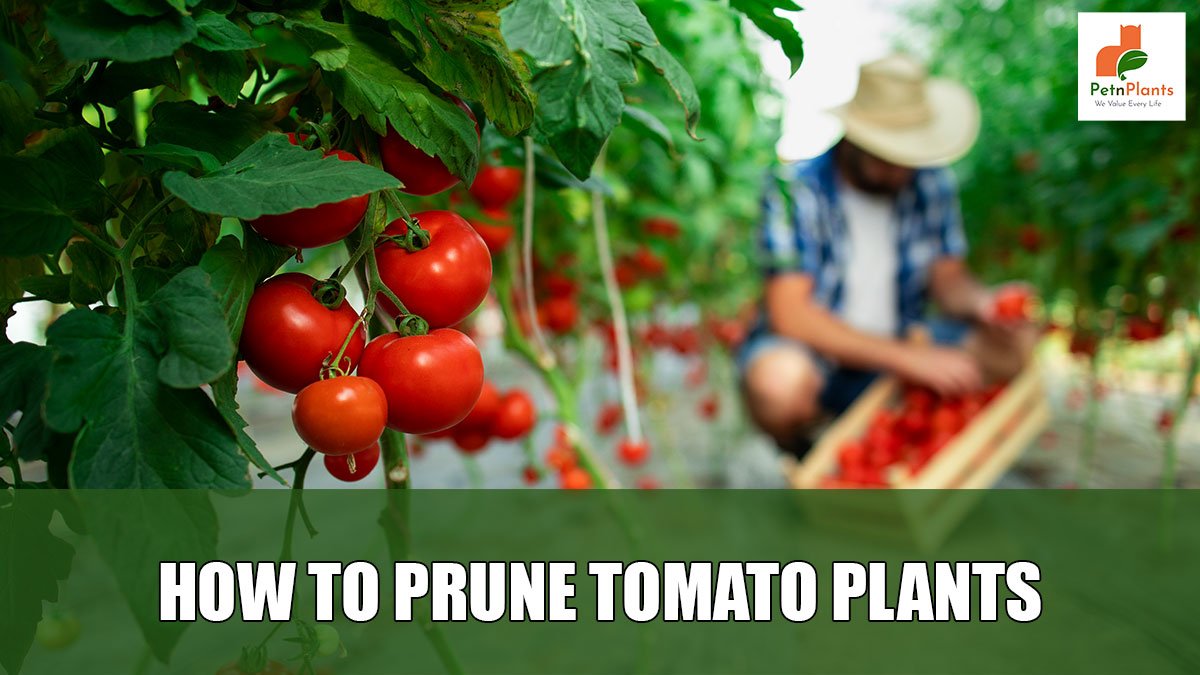Latest
Pets
Little Live Pets: Perfect friends for your kidsJuly 17, 2024
We Value Every Life

Tomato plants are one of the most popular vegetables in home gardens. They are relatively easy to care for, and they produce a bountiful crop of delicious fruit. Pruning tomato plants is an important part of their care, and it helps them to grow strong and healthy and produces more fruit. There are a few different ways to prune tomato plants, and your method will depend on your plant type. In this blog post, we will explore how to prune tomato plants. We will discuss the different methods and when to use them. By the end of this post, you will know how to keep your tomato plants healthy and productive.
Why prune tomato plants?
Pruning tomato plants helps to:
It is generally recommended to prune tomato plants when they are young – when they are between 6 and 8 weeks old. At this stage, you should remove any unwanted side shoots (which grow in the leaf axils) and any leaves below the first flower cluster. Once the plant has started to produce fruits, you can stop pruning.
Pruning tomato plants may seem daunting, but it’s pretty simple! Just follow these easy steps, and you’ll have pruned tomato plants in no time:
Pruning tomato plants has many benefits, including:
There are some potential disadvantages to pruning your tomato plants. For example, if you prune too early in the season, you may stunt the plant’s growth. Additionally, if you prune too late in the season, you may hamper the plant’s ability to produce fruit. Finally, if you prune incorrectly, you may damage the plant or reduce its yield.
After reading this article, you should better understand how to prune your tomato plants. Always start with the biggest and most central stem first, then work your way out. Be sure to also remove any dead or dying leaves, stems, or fruits from the plant so that it can direct its energy towards healthy growth. With a little care and attention, you can keep your tomato plants healthy and fruitful all season long!
0